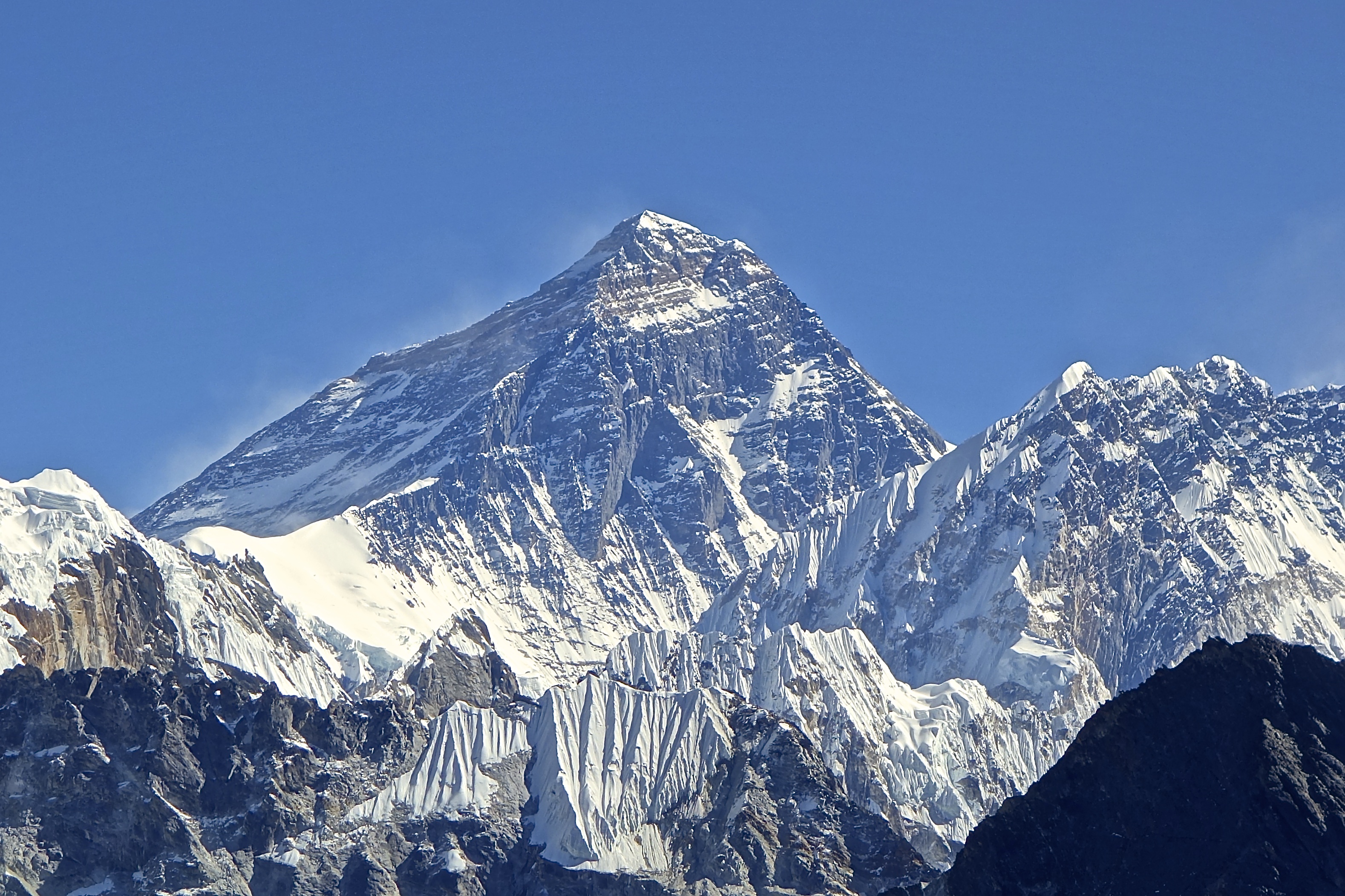Standing at the highest peak of the world has a distinct sense of glory …that is until you realise you must then make it down. Alive.
It’s been sixty-two years since the first successful summit by New Zealand’s Edmund Hillary and Nepal’s Tenzing Norgay took place. Everest has always been a trophy, but now that almost 4,000 people have reached its summit, some more than once, the feat means less than it did more than half a century ago. Every day of the six to nine-week climb is a life threatening risk to some six hundred hopeful climbers, but also serves severe impacts upon the environment.

It has become cheaper now than ever before to climb the mountain. A few years ago a climber would have to pay $25,000 per person, or $70,000 for a group of seven. This has been reduced to $11,000 per person, a move which Tilakram Pandey of the Nepalese tourism ministry has said will “prevent climbers forming unnecessarily big groups.” But this could indeed be a flaw, when making an already overly crowded activity, cheaper.
Until 1985, Nepal allowed only one expedition on each route to the summit at a time. But no such structures exist today- adding to the already extreme dangers of weather conditions and possible avalanches. However, in order to increase safety on the peak and to maintain the ‘glory’ of its ascent, officials in Nepal have announced that they will cease to give Mount Everest climbing permits to inexperienced and disabled climbers going forward. Permits will only be given out to climbers who can prove they have climbed peaks of over 6,500 meters already, and disabled climbers will face bans along with older and younger climbers.
Critics of the ban are those who ask, where do you draw the line for what constitutes a disability? Mark Inglis, who in 2006 became the first double amputee to summit Everest argues the whole concept of restricting the disabled is wrong, claiming it’s how able you are that should matter, not the amount of limbs you have. Others question how this policy will be policed. Whilst these issues are yet to be addressed by the Nepalese government, British climber Stephen Venables argues that if the government was really concerned about over crowding it could sort out the problem simply by banning the use of supplementary oxygen. Venables was the first Briton to climb Everest without it, and he has a point. H.W. Tilman, the great explorer, travel writer and leader of the 1938 Everest expedition, said that in his view “there is a cogent reason for not climbing it at all rather than climb it with the help of oxygen”. Why devalue the summit by effectively lowering its altitude from 8,850 metres to nearer 6,500 metres, to suit human capabilities?
Mark Jenkins, covering the phenomenon for National Geographic in 2013, reported “garbage leaking out of the glaciers and pyramids of human excrement befouling the high camps.” The beauty of something can often be admired simply by leaving it alone, but human instinct, however, draws us to use our senses of touch. This becomes problematic when you have some six hundred ‘bucket list’ adventurers with a selfie stick on a mountain that has already claimed over 250 lives. In 2012, 15 Nepalese artists turned eight tonnes of trash found on Everest – including the remains of a helicopter – into works of art and sculptures to highlight the issue of littering on the slopes of Everest. New rules now state that groups must return to base camp with eight kilograms of rubbish for each team member or they will forfeit their deposit of over $4000.
“We feel nostalgic for a time when the frailties of the human ego and avarice had not yet pitched camp on Everest. The saggy woollen jumpers, fighter pilot goggles, tin mugs of lemonade, oversized oxygen tanks, flapping tents and gap-toothed grins of the members of the Hillary expedition all seem so much more attractive than the neon micro fleeces of the modern-day climber.” Joe Shute.
“It’s up to us to restore a sense of sanity to the top of the world.” Mark Jenkins

